Cléo de 5 à 7
by Agnès Varda
Paris: Éditions Gallimard, 1962. First edition. 12mo (20,5x14cm), card wrappers in illustrated dust jacket with fold out map. 166pp. Text in French. Dust jacket with several small nicks and creases to spine-ends and edges. Small closed tear on top corner of rear cover. Content clean and unmarked. Fine in about very good dust jacket.
Agnès Varda was ready to shoot a film in color called La Mélangite, that should play in Sète, Venice, and the island of Burano, with Pierre Braunberger and François Truffaut as the producers of the film. Truffaut and Braunberger changed their minds before production had started and sold the contract to Georges de Beauregard, who had little interest in making a film with Varda. He suggested to Varda that she should instead make a, “little black and white film, […]which doesn’t cost 32 million”. To make a virtue out of necessity, Varda decided to shoot the film in Paris to keep production costs down.
Inspired by the painting of Death and the Maiden by Hans Baldung Grien, Cléo De 5 à 7 deals with the confrontation between beauty and death and raises the question of objectivity and subjectivity of time. Varda was also inspired by Diderot’s novel Jacques the Fatalist, from which she took the character of the master and transformed him into a singer who strolls through Paris plagued by the fear of cancer. The name Cléo refers to the famous French Varieté dancer Cléo de Mérode from the Belle Époque.
Agnès Varda described the film as a metaphor of feminism in which, halfway through the film, Cléo changes from a passive character who is described by the way people looked at her, to a woman who begins to look for herself. Cléo de 5 à 7 begins with an introduction by Agnès Varda, followed by numerous pages of beautifully printed film stills.
The book is divided into thirteen chapters reflecting film’s time frame, and ends with the song lyrics of La Belle P. and La Menteuse, both composed by Michel Legrand, and sung by Corinne Marchand.
It also contains a fold-out map of Paris showing Cléo’s route through the film and a laid-in postcard from 1903 depicting Cléo de Maurode, in which one woman tells another how much she misses her since she moved away. Both have their addresses in the same region of France, Hérault, near Montpellier, in the same department where Sète is located, this small port town that was so important to Agnès Varda and where she originally wanted to shoot the film La Mélangite.
Out of stock

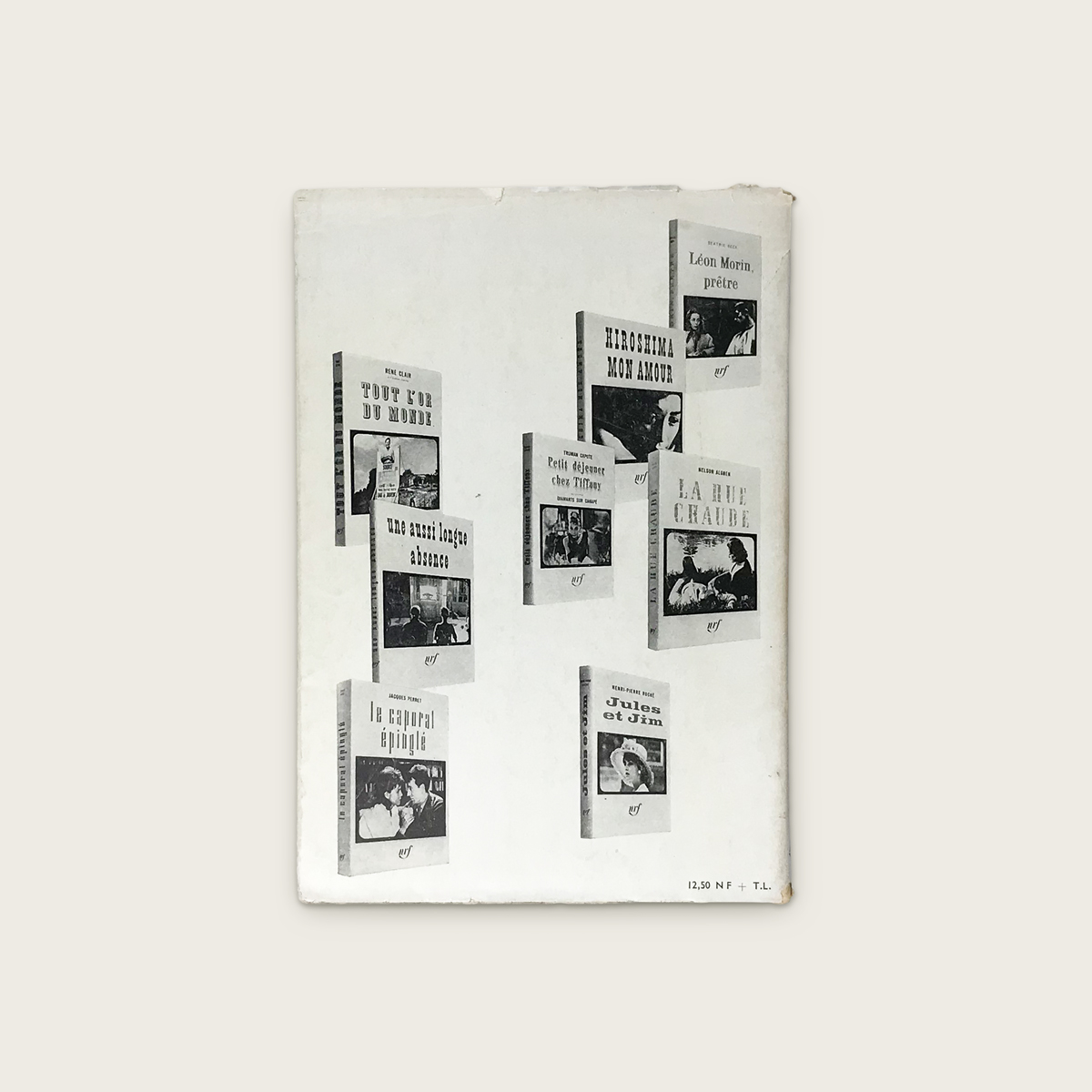

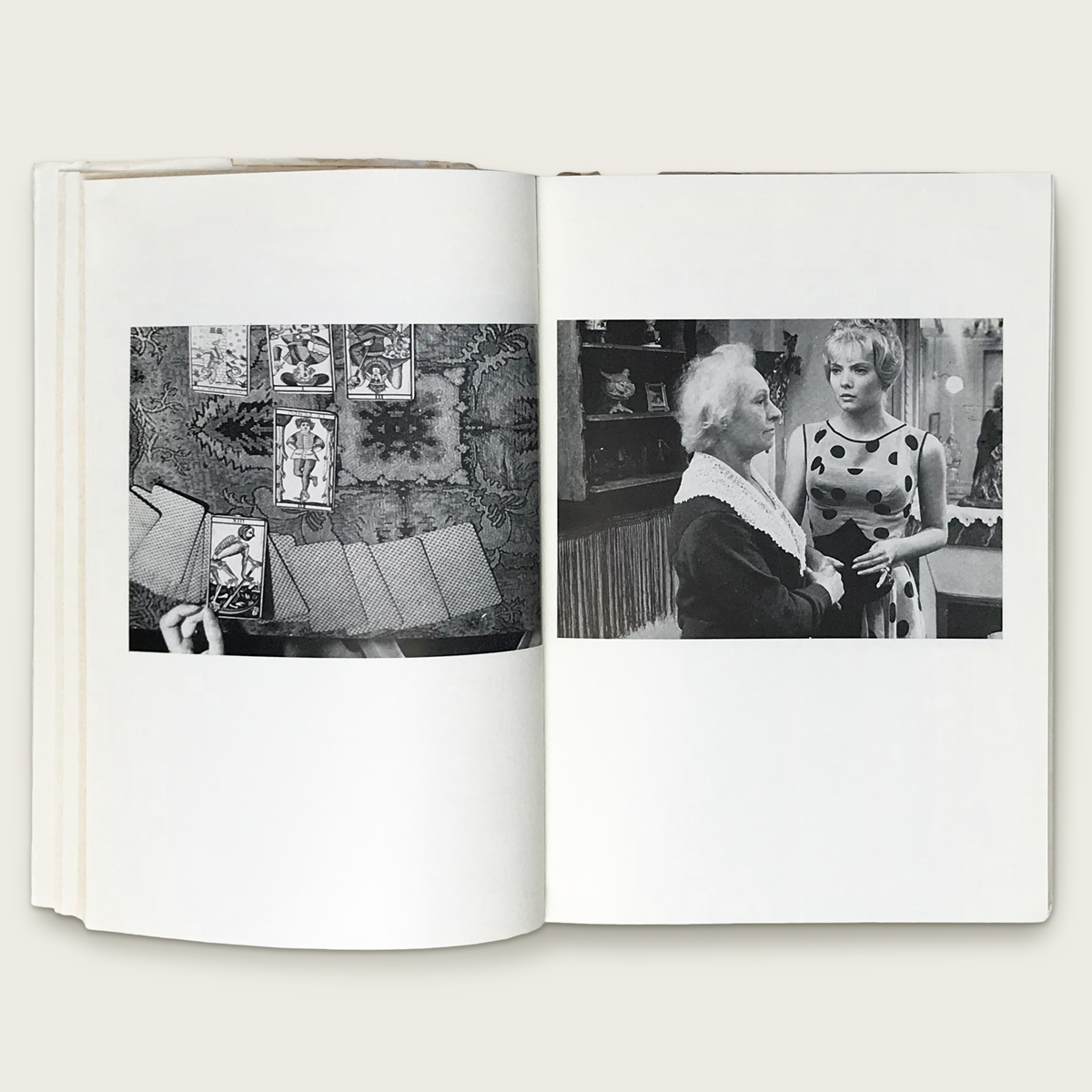

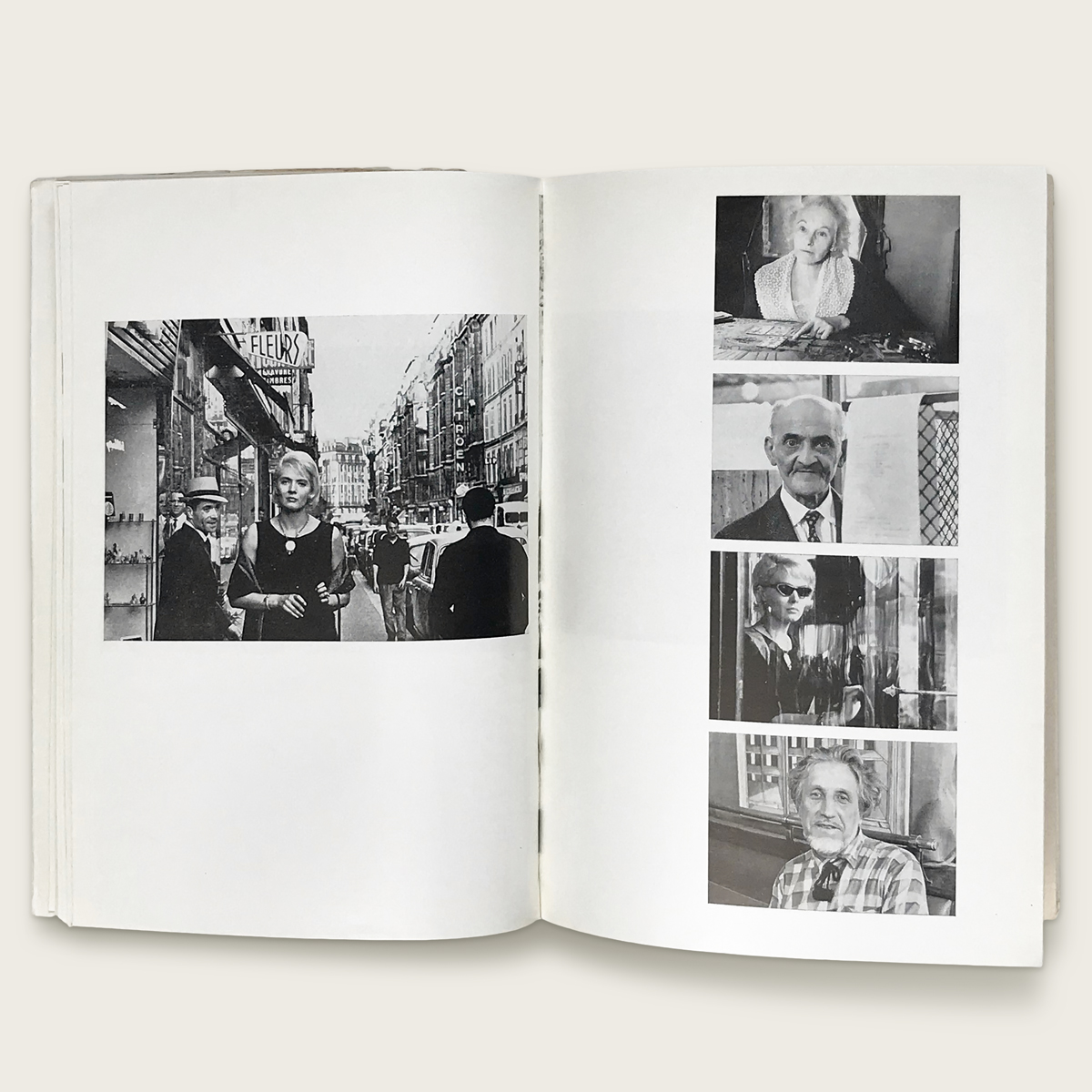
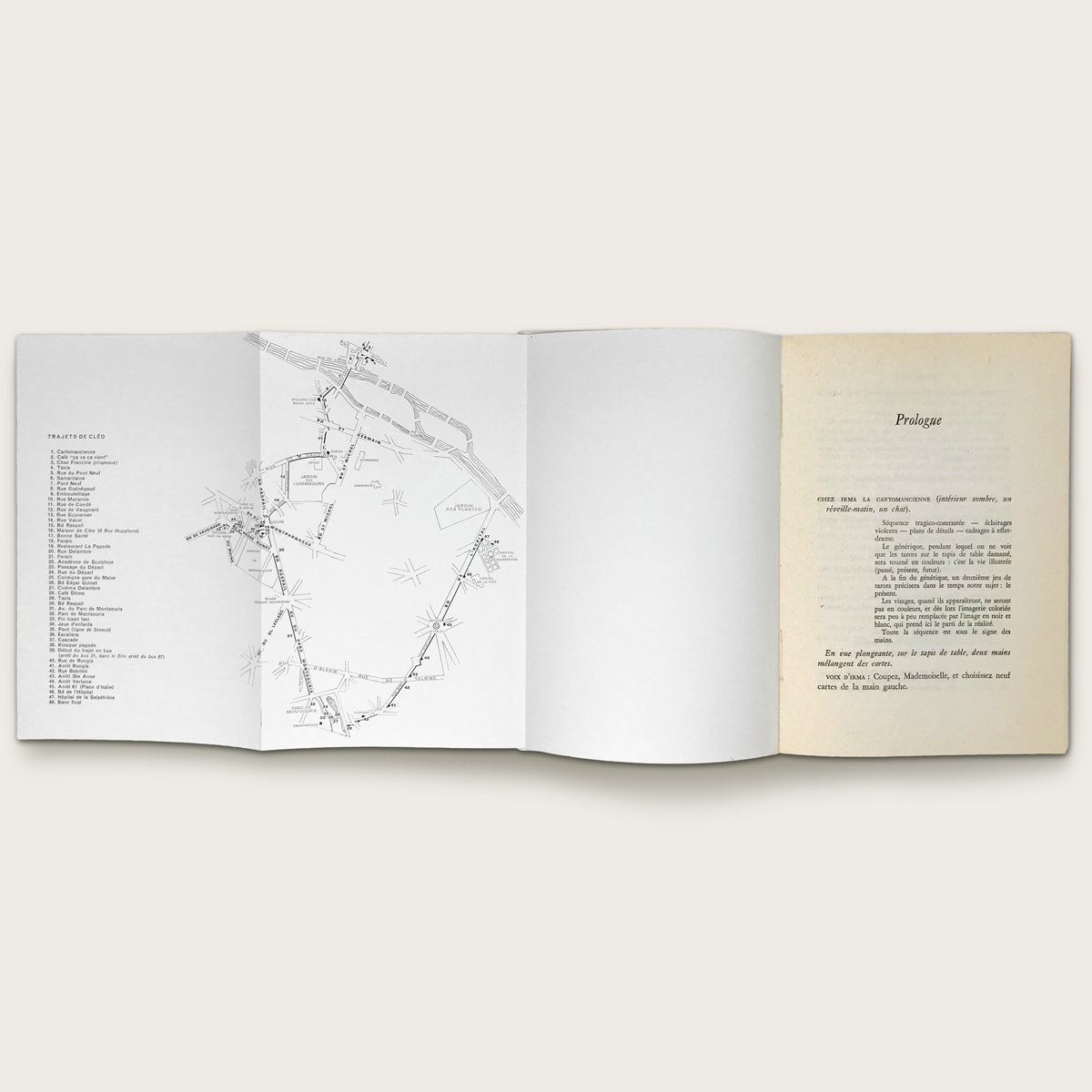
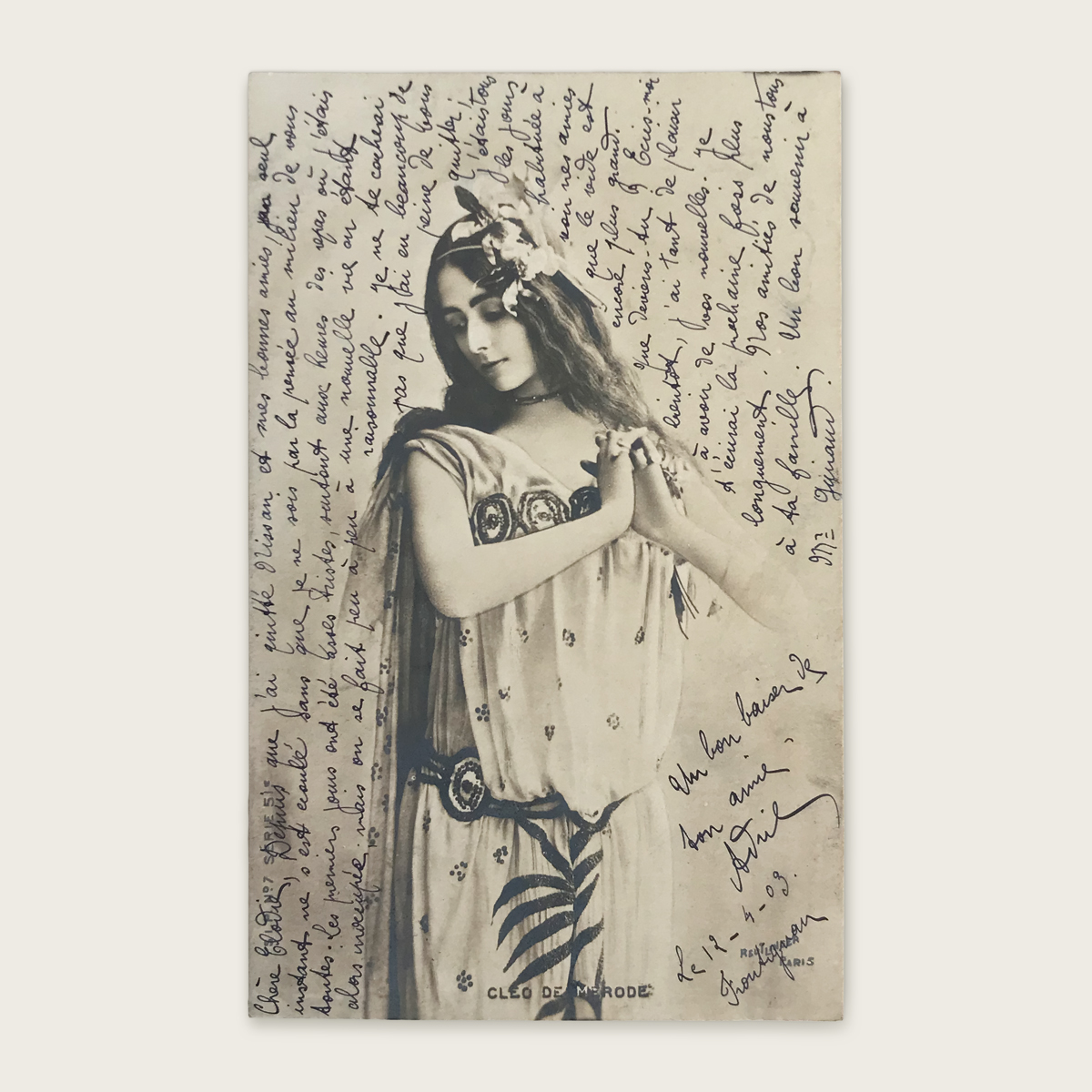

![Regates de Mèze Aout 1951 [24 phortographs]](https://chunkingbooks.com/wp-content/uploads/2022/06/varda_meze_1-300x300.jpg)
![[Chris Marker] [Agnès Varda] Positif N°400: Le cinéma vu par les cinéastes [Juin 1994]](https://chunkingbooks.com/wp-content/uploads/2021/04/positif_01-300x300.jpg)

